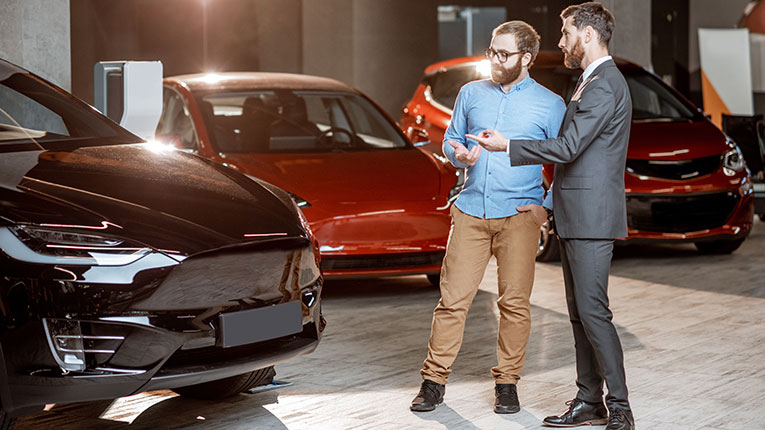Sales of green cars (hybrid, BEV/electric and PHEV/plug-in hybrid) in Europe fell by 4.4% in the second quarter of this year to 1.039 million vehicles, after spectacular increases in 2021 from 259%, further reflecting manufacturers’ problems with component shortages, according to an analysis by Strategy&, the global strategy department of the PwC network.
According to the cited source, the first two quarters of 2021 saw increases of 100% and 259% respectively, after which the advance moderated to 32% in the third quarter, 6% in the fourth quarter and 13% in the first quarter of 2022 .
“The decrease in sales reflects the increasing problems of the manufacturers with the lack of auto components and implicitly with the delays in deliveries. The Romanian market, still small, continues its rise with a rate of over 100%, and in July, sales of electrified cars surpassed diesel ones for the first time. The spectacular evolution over the last year and a half of green car sales primarily reflects the effects of the incentives granted by the government through the Rabla Plus program. Incentives and regulations are the engine for fulfilling the objectives assumed by Romania for reducing carbon emissions through the PNRR and the Green Deal, but also for the renewal of the car fleet, one of the oldest in Europe,” said Daniel Anghel, Partner and Leader for the Automotive Industry within PwC Romania.
In the first half of the year, the market share of green cars in Europe reached 45.6%, of which more than half are hybrids (24%).
Consumers are turning to electric cars in particular
BEV car sales were the only ones to continue their growth in the second quarter at European level, recording an advance of 8.1%, which, however, could not offset the declines recorded by plug-in hybrids (-17.5%) and hybrids (-4.8%). The reported decline of plug-in hybrid cars in Europe can be explained primarily by the lack of product availability, with manufacturers prioritizing the production of BEVs.
In fact, the strategy of car manufacturers is reflected in the doubling of the BEV market share in the last two years, from 7% to 13%. The top BEV car sales in the first half of the year in Europe is led by the electric Fiat 500, followed by the Tesla Model 3, Renault ZOE, Dacia Spring, Peugeot 208 EV, Tesla Model 3, Renault Twingo EV, Hyundai Kona Electric, Volkswagen and Opel Corsa-e.
“Sales of green cars and, in particular, full electric cars will continue to grow at European level, against the backdrop of ambitious targets for reducing CO2 emissions and phasing out internal combustion engines in certain countries. All this encourages car manufacturers to orient their strategy in this direction, for the coming years massive investments have been announced in the launch of new models, but also in the production of batteries and new technologies,” said Daniel Anghel.
